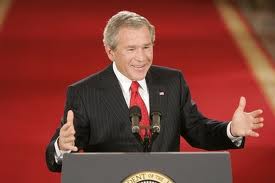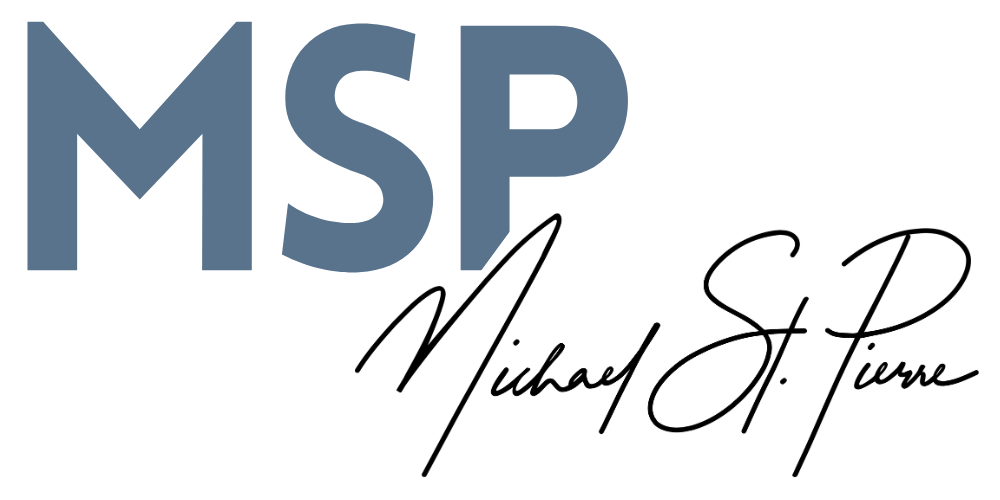 In the school world, spring is a time for a whole lot of award dinners and banquets. One friend I know calls them "lemon chicken opportunities", although not exactly in a fond manner.
In the school world, spring is a time for a whole lot of award dinners and banquets. One friend I know calls them "lemon chicken opportunities", although not exactly in a fond manner.
I'll be attending several of these dinners within the next week and thought I would share some ideas about the use of podiums for those that will be emcees or even guest speakers.
While public speaking may be unpleasant for some, every leader worth his salt learns that, eventually, he must master the art of public speaking.
“Make sure you have finished speaking before your audience has finished listening.” - Dorothy Sarnoff
These points are nothing more than advanced common sense but they can make a real difference in one's ability to maximize their potential as a public speaker:
- Don't keep your hands behind your back. This only brings more attention to your nervousness. It's perfectly fine to place your hands on the podium or have one hand in your front pocket (but not both).
- Don't hunch over the podium. This just looks weird- come on admit it!
- Be sure to appropriately use the microphone. You don't want to be too close or too far and it may be acceptable to ask those in the back of the room if they can hear you sufficiently.
- Move your hands. While the podium is a good tool for grounding the speaker, don't let it be a tether. Move your hands and exagerate your gestures as you will be tighter than normal.
- Maintain eye contact and spread it around the room. Grab the positive energy that comes from eye contact and spread that connection throughout the room.
- Be gracious. When you finish with your speech, smile and be gracious. You're not in a rush to get off the dais- take your time.
Oh and one more thing- don't trip as you head back to your seat!
